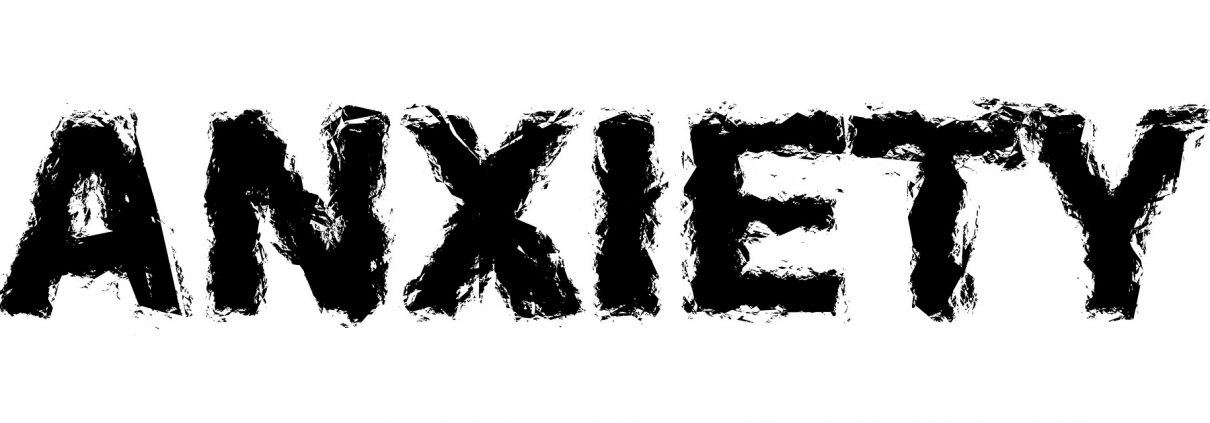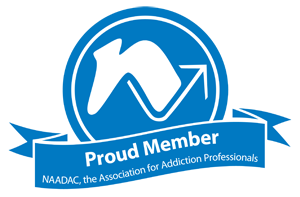
Anxiety disorders include disorders that share features of excessive fear and anxiety and related behavioral disturbances. Fear is the emotional response to a real or perceived imminent threat, whereas anxiety is an anticipation of future threat. Obviously these two states overlap, but they also differ, with fear more often associated with surges of autonomic arousal necessary for fight or flight, thoughts of immediate danger, and escape behaviors, and anxiety more often associated with muscle tension and vigilance in preparation for future danger and cautious or avoidance behavior. Sometimes the level of fear or anxiety is reduced by pervasive avoidance behavior. Panic attacks feature prominently within the anxiety disorders as a particular type of fear response. Panic attacks are not limited to anxiety disorders but rather can be seen in other mental disorders as well.
The anxiety disorders different from one another in the type of objects or situations that induce fear, anxiety, or avoidance behavior, or the associated cognitive ideation. Thus, while the anxiety disorders tend to be highly comorbid with each other, they can be differentiated by close examination of the types of situations that they’re feared or avoided in the content of the associated possibilities.
Anxiety disorders differ from developmentally normative fear or anxiety by being excessive or persisting beyond developmentally appropriate periods. They differ from transient fear or anxiety, often stress-induced, by being persistent (typically lasting six months or more), although the criterion for duration is intended as a general guide with allowance for some degree of flexibility and is sometimes a shorter duration in children (as in separation anxiety disorder and selective mutism). Since individuals with anxiety disorders typically over estimated the danger in situations they fear or avoid, the primary determination of whether the fear or anxiety is excessive or out of proportion is made by the clinician, taking cultural contextual factors into account. Many of the anxiety disorders developed in childhood and pants to persist if not treated. Most hope you’re more frequently in females been in males, approximately 2:1 ratio. Each anxiety this order diagnosed only when the symptoms are not attributable to the physiological effects of a substance/medication or to another medical condition or are not being explained by another mental disorder.
The individual with separation anxiety disorder is fearful or anxious about separation from attachment figures to a degree that is developmentally inappropriate. There is a persistent fear or anxiety about harm coming to attachment figures and events that could lead to loss of or separation from attachment figures in and reluctance to go away from attachment figures, as well as nightmares and physical symptoms or distress. Although the symptoms often in develop in childhood, they can be expressed throughout the adulthood as well.
Selective mutism it Is characterized by consistent failure to speak in social situations in which there is an expectation to speak even though the individual speaks in other situations. The failure to speak his significant consequences on the achievement in academic or occupational settings or otherwise interferes with normal social communication.
Individuals with specific phobia are fearful or anxious about or avoidant of circumscribed objects or situations. A specific cognitive ideation is not featured in this disorder, as it is another anxiety disorders the fear, anxiety, or avoidance is almost always immediately induced by the phobic situation, to a degree that is persistent and out of proportion to the actual risk posed. There are various types of specific phobias: animal; natural environment; blood-injection-injury; situational; and other situations.
In social anxiety disorder the individual is fearful or anxious about or avoidant of social interactions and situations that involve the possibility of being scrutinized. These include social interactions such as meeting unfamiliar people, situations in which the individual may be observed eating or drinking, and situations in which the individual performs in front of others. The cognitive ideation is a being negativity evaluated by others, by being embarrassed, humiliated, or rejected, or offending others.
In panic disorder, the individual experiences to recurrent unexpected panic attacks and is persistently concerned or worried about having more panic attacks or changes his or her behavior in maladaptive ways because of the panic attacks. Panic attacks are abrupt surges of intense fear or intense discomfort that the reach of peak within minutes, accompanied by physical and/or cognitive symptoms. Limited – symptom panic attacks include fewer than four symptoms. Panic attacks may be expected, such as in response to a typical fear object or situation, or unexpected, meaning that the panic attack cures for no apparent reason. Panic attacks function as a marker in prognostic factor for severity of diagnoses, course, and comorbidity across an area of disorders, including, but not limited to, the anxiety disorders (substance use, depressive and psychotic disorders). Panic attack may therefore be used as a descriptive specifier for an anxiety disorder as well as other mental disorders.
Individuals with Agoraphobia are fearful and anxious about two or more of the following situations: using public transportation, being in open spaces, being in enclosed places, standing in line or being in a crowd, or being outside of the home alone in other situations. The individual fears these situations because of thoughts that is escape might be difficult or help might not be available in the event of developing panic– like symptoms or other incapacitating or embarrassing symptoms. These situations almost always in juice here or anxiety and are often avoided and require the presence of a companion.
The key features of generalized anxiety disorder are persistent and excessive anxiety and worry about various domains, including work and school performance, that the individual finds difficult to control. In addition, the individual experiences physical symptoms, including the restlessness or feeling keyed up or on edge, being easily fatigued, difficulty concentrating or mind going blank, irritability, muscle tension, and sleep disturbance.
Substance/medication– induced anxiety disorder involves anxiety due to substance in those books vacation or withdrawal or to a medication treatment. In anxiety disorder due to another medical condition, anxiety symptoms are the physiological consequence of another medical condition.
Disorder – specific scales are available to better categorize the severity of each anxiety disorder into capture change in severity overtime. Fort ease of use, particularly For individuals with more than one anxiety disorder, these scales have been developed to have the same format across the anxiety disorders, with ratings of behavioral symptoms, cognitive ideation symptoms, and physical symptoms read relevant to each disorder.
For more information on anxiety disorders, you can learn more here.
References: American Psychiatric Association. (2013). Diagnostic and statistical manual of mental disorders (5th ed.). Arlington, VA: American Psychiatric Publishing




